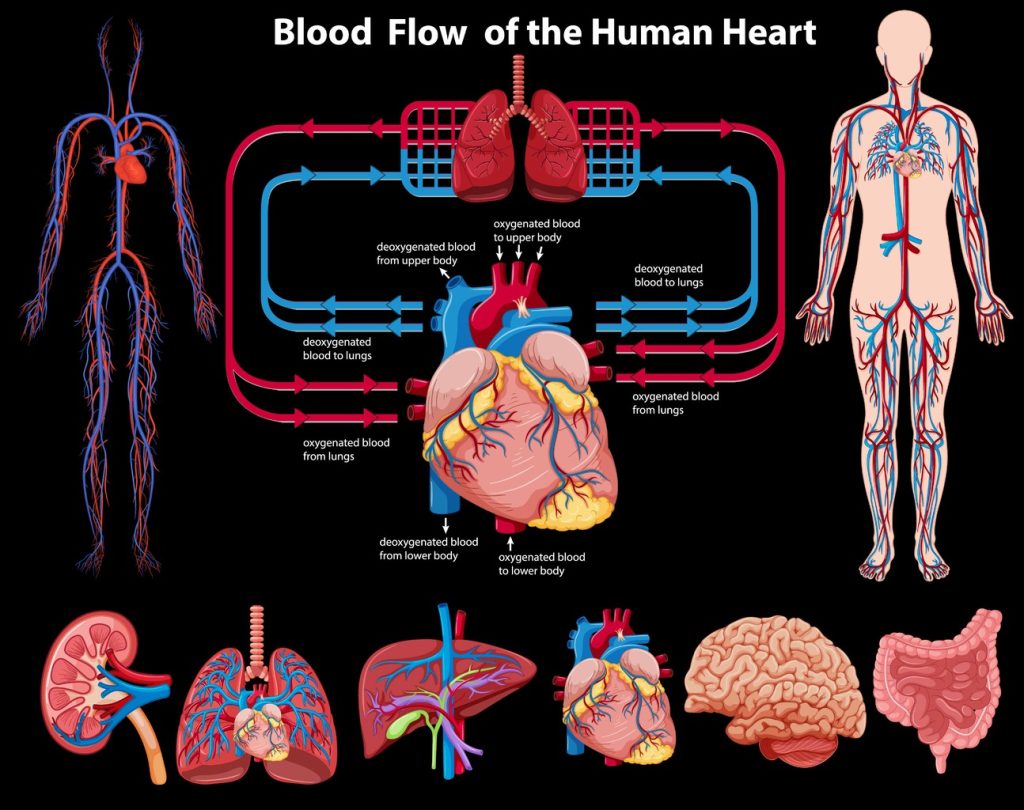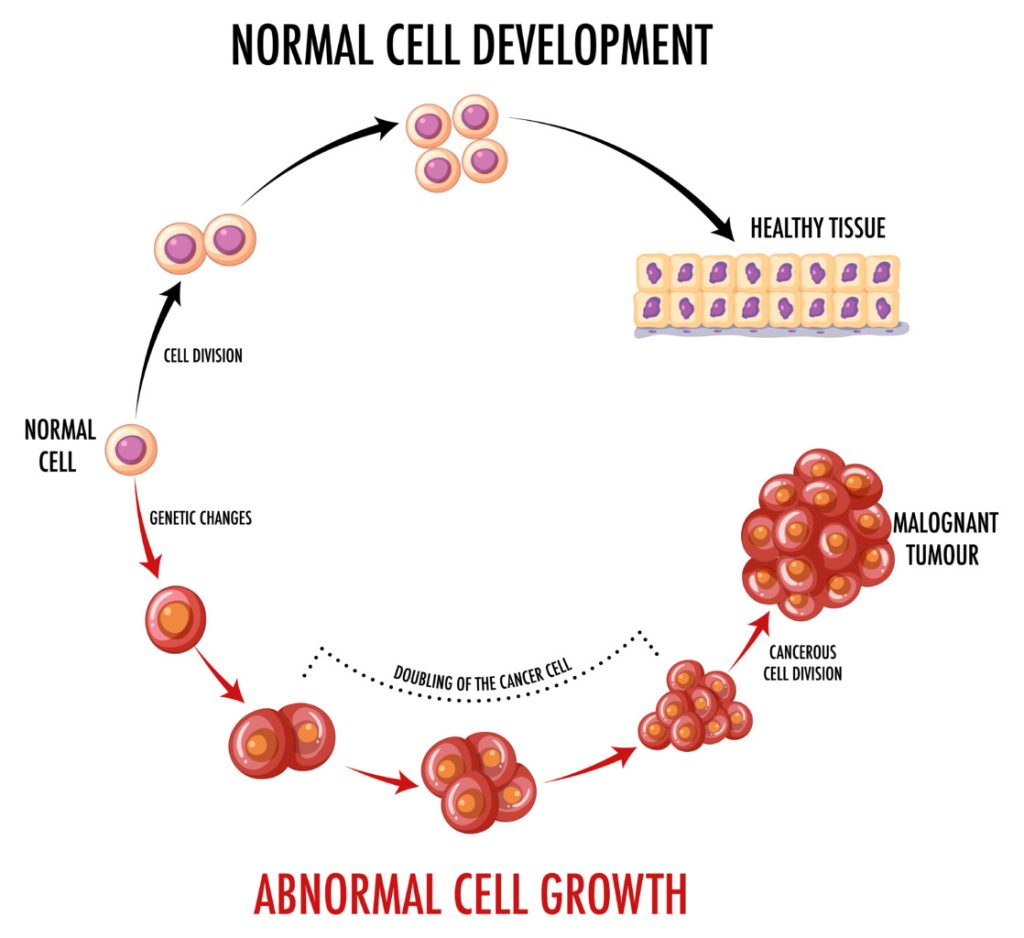
Knowing what hemopoietic means is key to understanding how our bodies make blood cells. This is a critical process for our health.
Hematopoiesis, or making blood cells, is a complex task. It needs many cell types and rules to work right. At Liv Hospital, we focus on top-notch care for blood cell creation.
The word hemopoietic talks about this important process. It’s about making red blood cells, white blood cells, and platelets from stem cells. This is vital for our health.

To understand hemopoietic, we need to know its definition and related terms. “Hemopoietic” is similar to “hematopoietic.” Knowing the difference between them helps us talk about blood cell production clearly.
The words “hemopoietic” and “hematopoietic” come from Greek. “Haima” means blood, and “poiesis” means making. So, both terms talk about making blood cells.
Hemopoiesis or hematopoiesis is how our bodies make new blood cells. This replaces old or damaged ones. Knowing where these words come from helps us see they’re not just medical terms. They’re about life’s basic biological processes.
Both terms describe blood cell formation. The main difference is in spelling and usage. “Hematopoietic” is used more in American English. “Haemopoietic” is common in British English.
Both spellings are correct and refer to the same process. This makes them interchangeable in most situations.

Knowing what hemopoietic means is key to understanding human health. Blood cell formation, or hematopoiesis, is vital for the body’s balance and response to needs.
Blood cell formation is complex. It starts with stem cells in the bone marrow. These cells turn into red, white, and platelet blood cells.
“The hematopoietic system is a highly regulated process that ensures the production of blood cells according to the body’s needs,” as stated by medical researchers. This balance is key for the body to fight off infections and injuries.
Hemopoiesis is very important for our health. It helps transport oxygen, fight infections, and clot blood.
Disorders like anemia and leukemia show how critical it is. These conditions affect blood cell production. Knowing about hemopoiesis helps doctors treat these diseases.
The process of hemopoiesis is vital for human health. Studying it helps find new treatments and improve care for patients.
Hematopoiesis is the process of making blood cells. It involves many cell types and rules. This process is key for making blood cells, which carry oxygen, fight off infections, and help blood clot.
We’ll dive into the details of hematopoiesis. We’ll look at the main parts and steps. Blood cells are mostly made in the bone marrow, a spongy tissue in some bones.
Bone marrow is where blood cells are made in adults. It has blood vessels and hematopoietic stem cells, which turn into all blood cells. The bone marrow’s environment helps blood cells grow and mature with the help of growth factors and other molecules.
Blood cell creation in the bone marrow is tightly controlled. It involves many cell types working together. The bone marrow makes red blood cells, white blood cells, and platelets, each with its own job and lifespan.
| Blood Cell Type | Function | Lifespan |
|---|---|---|
| Red Blood Cells | Oxygen transport | Approximately 120 days |
| White Blood Cells | Immune defense | Varies (from a few hours to several years) |
| Platelets | Blood clotting | Approximately 8-12 days |
Hematopoietic stem cells are the base of the blood system. They can make more of themselves and turn into any blood cell. These cells keep the blood system going by balancing making more cells and differentiating.
Hematopoietic stem cells are more than just making blood cells. They also help fix and grow the blood system after damage or sickness.
Hemopoiesis is a key process that makes different blood cells. Each cell has its own job to keep us healthy. Knowing about these cells helps us understand how they keep us well.
Red blood cells carry oxygen all over our body. They have a protein called hemoglobin that holds onto oxygen. This lets oxygen reach our tissues and organs. These cells grow in the bone marrow before they enter our blood.
White blood cells are key to our immune system. They fight off infections and invaders. There are many types, like neutrophils and lymphocytes, each with its own job. They also grow in the bone marrow before they spread out in our body.
Platelets are small and help our blood clot. When we get hurt, they form a plug to stop bleeding. They are made in the bone marrow from megakaryocytes.
| Type of Blood Cell | Function | Place of Formation |
|---|---|---|
| Red Blood Cells (Erythrocytes) | Transport oxygen throughout the body | Bone Marrow |
| White Blood Cells (Leukocytes) | Defend against infections and foreign invaders | Bone Marrow |
| Platelets (Thrombocytes) | Form blood clots to stop bleeding | Bone Marrow |
To understand how blood cells are made, we need to look at the hemopoietic system’s main parts. This system is a network of organs and tissues. They work together to create blood cells, which is key for staying healthy.
The main organs in the hemopoietic system are the bone marrow and thymus. The bone marrow is inside some bones and makes blood cells. It has hematopoietic stem cells that turn into different blood cells. For more on what starts hematopoiesis, check out this resource.
The thymus is also key, mainly in young kids. It helps the immune system grow by maturing T-lymphocytes, a white blood cell type.
The spleen and lymph nodes are secondary organs. The spleen cleans the blood by removing old red blood cells. It also stores lymphocytes and makes antibodies.
Lymph nodes are small, bean-shaped parts of the lymphatic system. They filter lymph fluid, catching pathogens and starting immune responses. They have lymphocytes, which are vital for fighting off infections.
Knowing how these organs work helps us understand how the body keeps its blood cell count right. The term “hematopoietic” means making blood cells. Hemopoiesis is key for healing and keeping the body balanced.
Understanding how blood cells are made is key. Hemopoiesis is a complex process. It involves many growth factors, cytokines, and hormones working together.
These elements help make sure blood cells are produced right. This is important for keeping tissues and organs healthy.
Growth factors and cytokines are very important in hemopoiesis. They send signals that help blood cells grow, change, and live longer. For example, erythropoietin helps make red blood cells. Granulocyte-colony stimulating factor (G-CSF) helps make white blood cells.
Studies show these factors are key for the hemopoietic system to work right (source).
Hormones also play a big role in hemopoiesis. For instance, thyroid hormones and sex steroids can change how blood cells are made. Thyroid hormones help with red blood cell production. Sex steroids like estrogen and testosterone affect different blood cell types.
This balance is important for the body’s needs. It ensures the right amount of blood cells is made.
Looking into how hemopoiesis is regulated shows it’s a complex event. “The regulation of hemopoiesis is a complex interplay between growth factors, cytokines, and hormones, ensuring the proper production of blood cells,” studies say. This balance is key for the right mix of blood cells.
In conclusion, hemopoiesis is regulated by a fine balance of growth factors, cytokines, and hormones. Knowing this helps us understand how blood cells are made. It also helps us find ways to treat blood-related disorders.
Understanding hemopoietic processes is key for diagnosing and treating blood disorders. Hemopoiesis is how blood cells are made. It’s a complex process that keeps our bodies healthy.
Hemopoietic markers help identify blood disorders. They are found through tests like blood counts and bone marrow biopsies. These markers give doctors clues about a patient’s condition.
These markers are important because they show the type and severity of a blood disorder. For instance, some markers can spot leukemia or lymphoma. Others can diagnose anemia or low platelet count.
| Hemopoietic Marker | Diagnostic Significance |
|---|---|
| CD34 | Indicates the presence of hematopoietic stem cells |
| CD45 | Identifies leukocytes and their precursors |
| Glycophorin A | Specific marker for red blood cells |
Studying hemopoiesis has led to new treatments. One big breakthrough is hematopoietic stem cell transplantation. It’s used to treat blood cancers like leukemia and lymphoma.
Hematopoietic growth factors, like erythropoietin and G-CSF, also help. They boost the making of certain blood cells. This helps treat anemia and low white blood cell count.
By understanding hemopoietic processes, we can keep finding new treatments for blood disorders. As research grows, we’ll see even better treatments in the future.
It’s important to know about the disorders that affect the hemopoietic system. This system is key for making blood cells. Many conditions can harm it, affecting our health.
Anemias happen when there’s not enough red blood cells. These cells carry oxygen. We’ll look at different anemias, like iron-deficiency anemia and anemia of chronic disease.
Types of Anemias:
Anemias are common worldwide. Iron-deficiency anemia is one of the most common types.
| Type of Anemia | Causes | Symptoms |
|---|---|---|
| Iron-deficiency anemia | Inadequate iron intake, chronic blood loss | Fatigue, weakness, pale skin |
| Vitamin deficiency anemia | Deficiency in vitamin B12 or folate | Fatigue, weakness, neurological changes |
Leukemias are cancers of the blood or bone marrow. They cause an abnormal increase in white blood cells. We’ll talk about types like ALL and CLL.
“Leukemia is a complex disease that requires a complete treatment plan. This includes chemotherapy, targeted therapy, and bone marrow transplantation.”
Platelet disorders can cause bleeding issues. These include thrombocytopenia and thrombocythemia. We’ll look at their causes, symptoms, and treatments.
Platelet Disorder Symptoms:
Knowing about these disorders helps us give better care and improve patient outcomes.
The field of hemopoiesis is seeing big steps forward, thanks to stem cell research and regenerative medicine. We’re learning more about how blood cells form. This opens up new ways to treat blood diseases.
Stem cell research is leading the way in hemopoiesis studies. It helps us understand how blood cells are made. Regenerative medicine uses this knowledge to fix or replace damaged cells and tissues.
Hematopoietic stem cells are key because they can turn into any blood cell. This makes them very important for treatments.
Studies have shown that hematopoietic stem cell transplantation can help with blood disorders like leukemia and lymphoma. Being able to grow these cells in the lab has opened up new research paths and treatments.
Knowing how to control blood cell production is key for new treatments. Scientists have found growth factors and cytokines that help manage this process. For example, erythropoietin helps make red blood cells, and thrombopoietin helps make platelets.
Research also shows that the bone marrow microenvironment is vital for blood cell production. The interactions between stem cells and their environment are essential for keeping blood cell levels balanced.
As we learn more about hemopoiesis, we’ll see new treatments that can change these signals. This could help treat blood-related diseases in new ways.
Knowing how to say haematopoietic and other terms is key in medical talks. As we explore hemopoiesis, learning the words helps everyone understand better. This is true for doctors and patients.
The word haematopoietic is pronounced /hiË.ËŒmat.É™.pɔɪˈiË.tɪk/. Breaking it down makes it easier to say right. Here are some related words and how to say them:
Practicing these words will make you more confident in talking about them in medical settings.
Here’s a list of important terms related to hemopoiesis:
| Term | Definition |
|---|---|
| Hematopoietic Stem Cell | A cell from which all blood cells are derived |
| Hemopoiesis | The process of blood cell formation |
| Cytokines | Proteins that help regulate the production of blood cells |
| Bone Marrow | The spongy tissue inside bones where blood cells are produced |
Knowing these terms helps us understand hemopoiesis better. It’s important for health.
We’ve looked into the complex world of hemopoiesis. It’s about how blood cells are made. This process is key to keeping us healthy by creating red blood cells, white blood cells, and platelets.
The hematopoietic system, made up of primary and secondary organs, works together. It controls how blood cells are made. Knowing about hemopoiesis helps us see its importance in our bodies.
Studies in hematopoietic stem cell biology have made big strides in medicine. Understanding hemopoiesis helps us treat blood diseases better. It shows us how to diagnose and treat blood disorders.
In short, hemopoiesis is vital for our health. We need more research to fully understand its role. This will help us improve our health even more.
Hemopoietic means making blood cells, which is key for our health. It’s about creating different blood cells from stem cells. This includes red, white blood cells, and platelets.
Yes, they are the same. Both terms talk about making blood cells.
Hemopoiesis is vital for our health. It makes blood cells that carry oxygen, fight infections, and stop bleeding.
Bone marrow is where blood cells are made. It turns stem cells into different blood cells.
These stem cells can become any blood cell. They include red, white blood cells, and platelets.
Hemopoiesis makes red, white blood cells, and platelets. Each has its own job and look.
Red blood cells are made in erythropoiesis. It’s when stem cells turn into erythrocytes.
White blood cells fight infections. They protect us from harmful pathogens.
Platelets help stop bleeding. They form blood clots to prevent it.
Growth factors, cytokines, and hormones control blood cell production. They help blood cells develop right.
Disorders include anemias, leukemias, and platelet issues. They happen when blood cell production or function goes wrong.
Our pronunciation guide helps with hemopoietic terms. It offers audio help for medical terms worldwide.
Hemopoietic markers help diagnose blood disorders. They track disease progress and treatment success.
Subscribe to our e-newsletter to stay informed about the latest innovations in the world of health and exclusive offers!
WhatsApp us